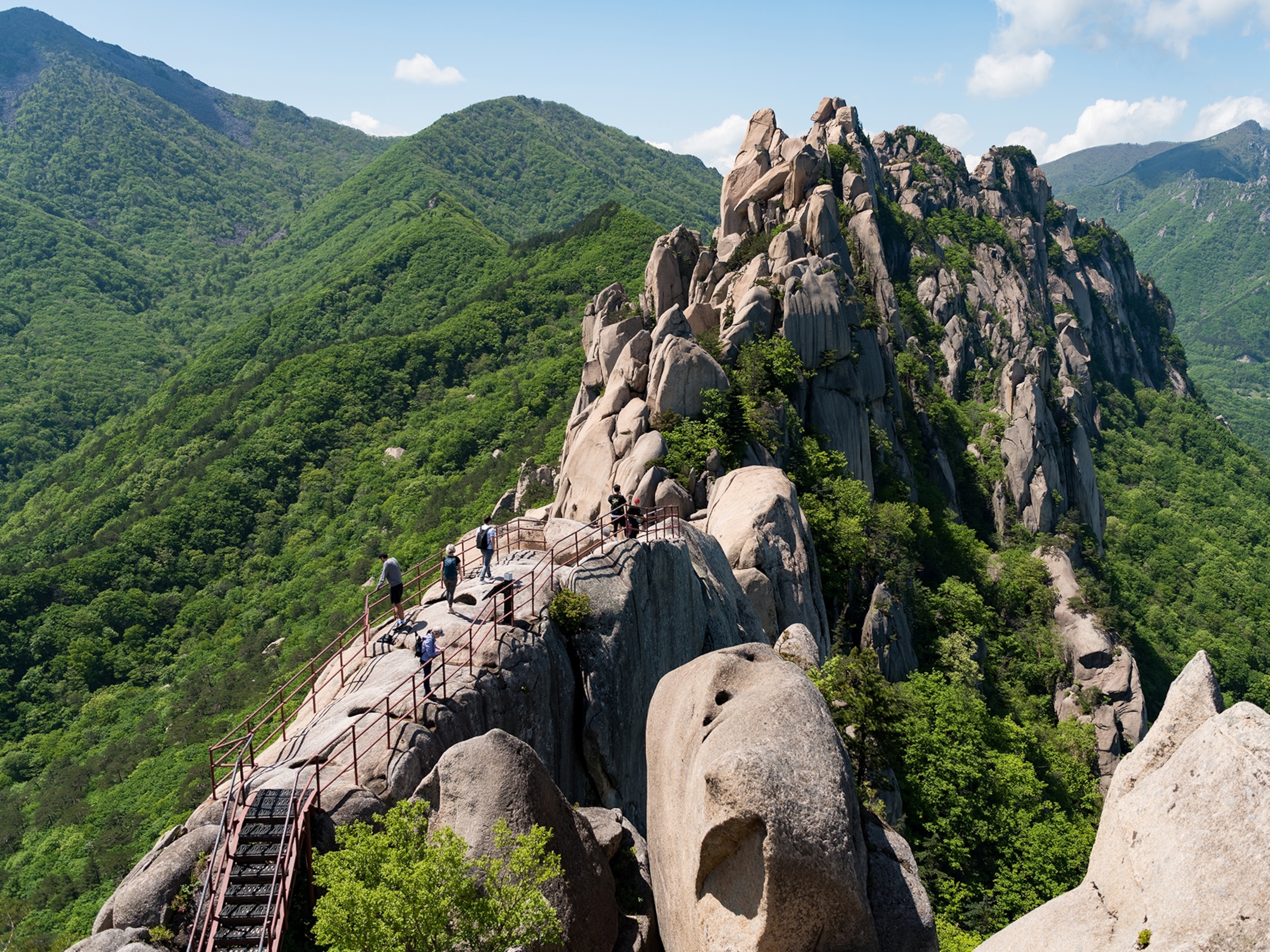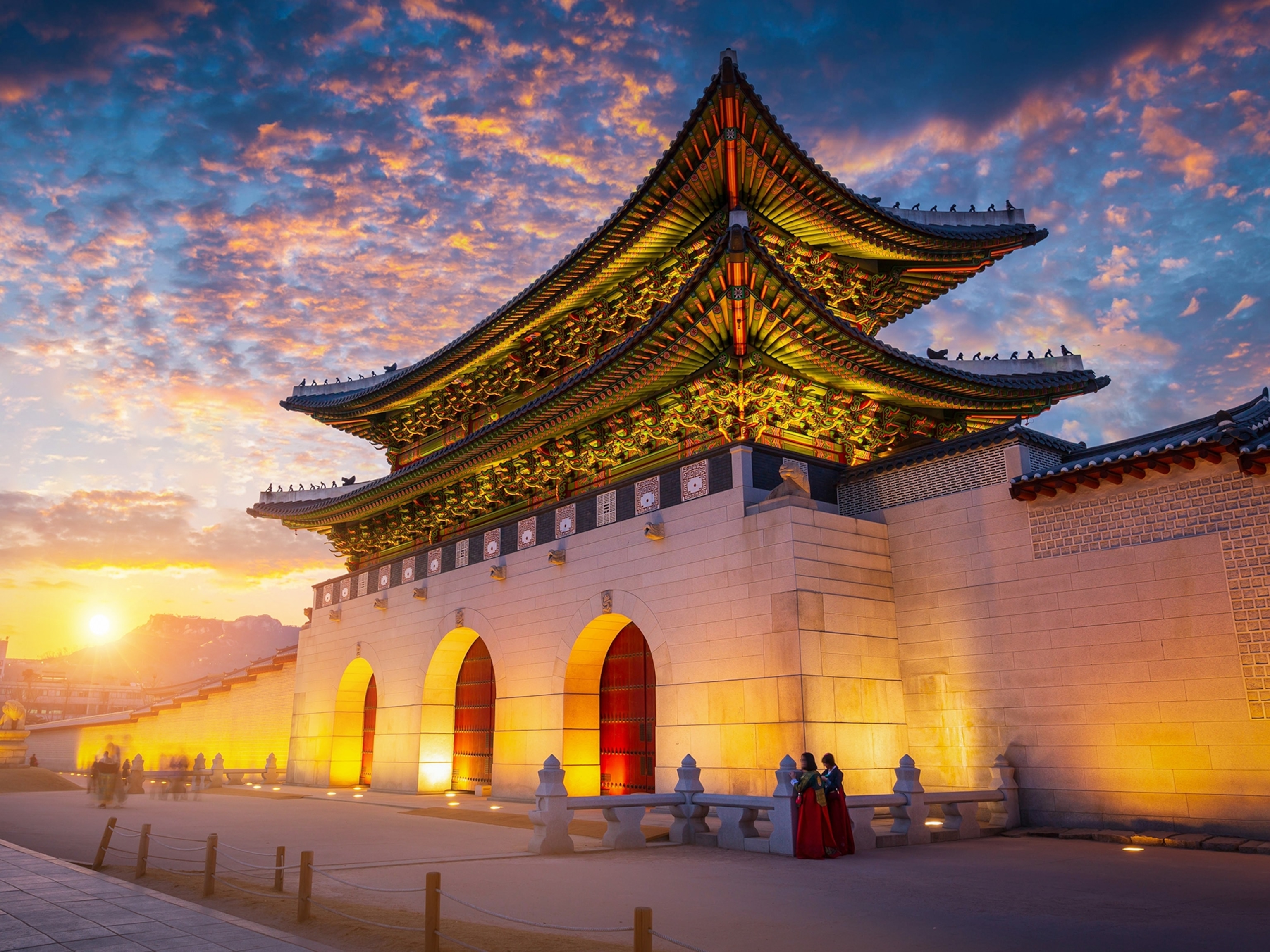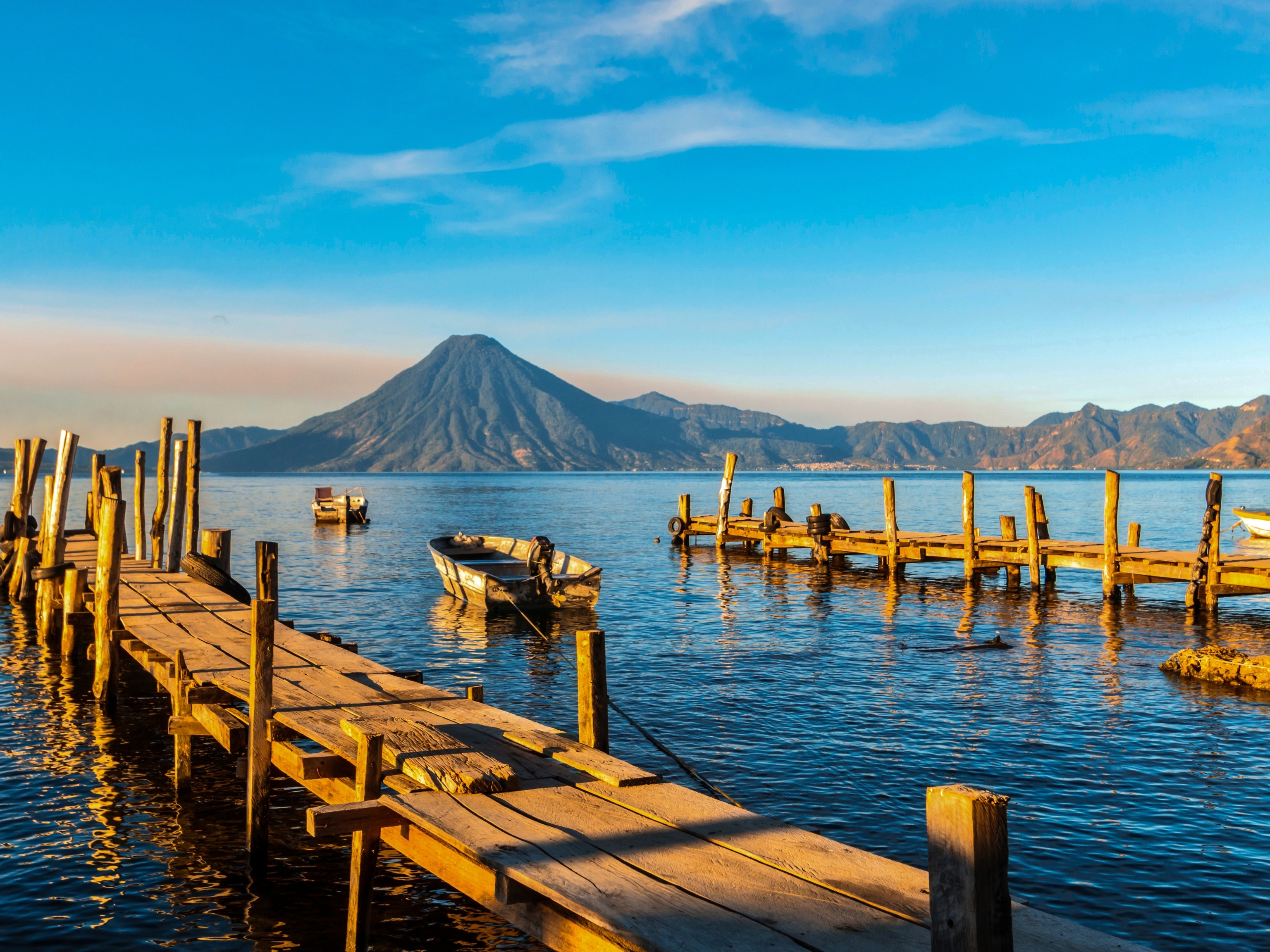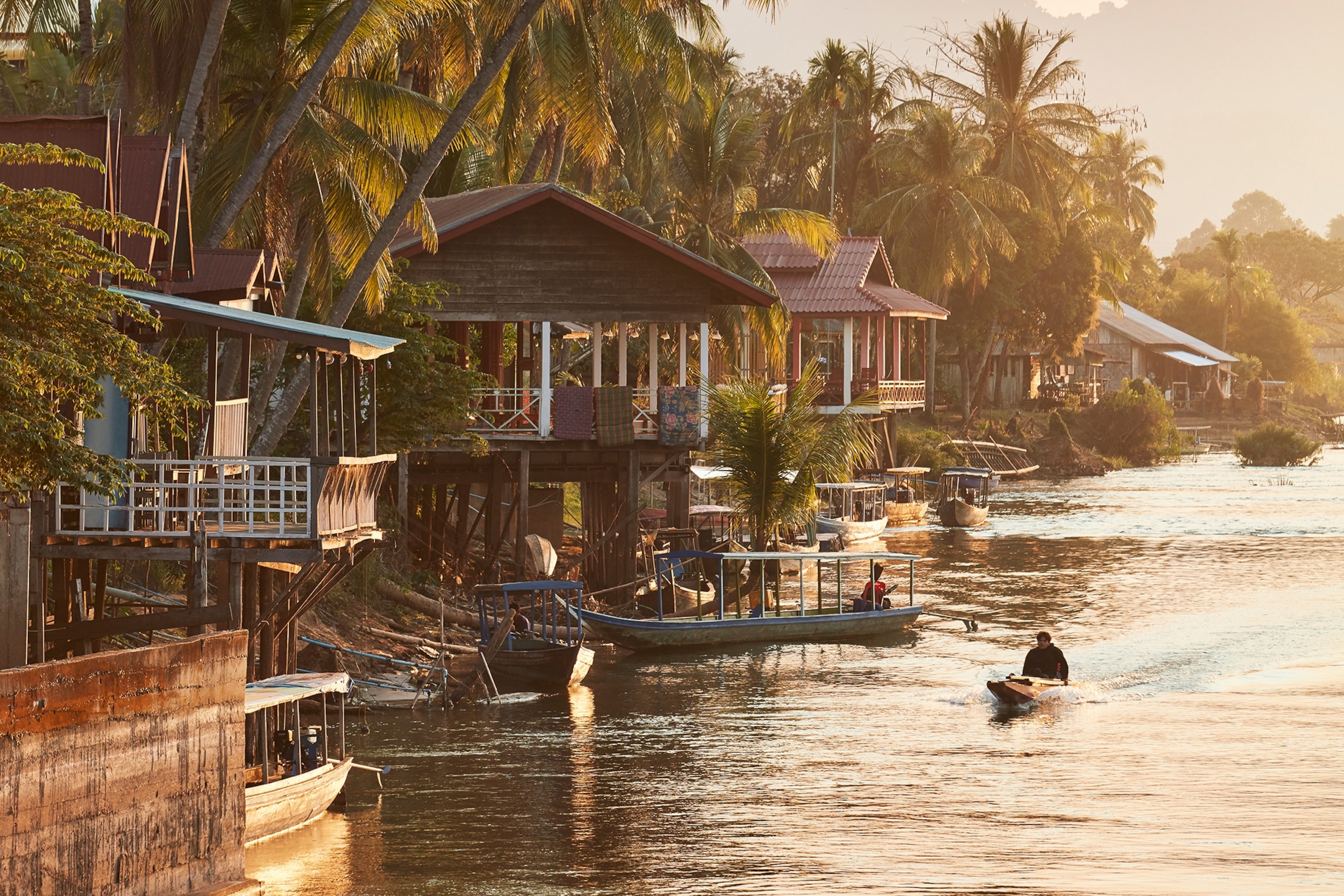
Photo story: where temples and rice paddies meet the mighty Mekong River in Laos
Journey along the Mekong River through southern Laos, from the region's highest point on the Bolaven Plateau down to its lowest, the idyllic 4,000 Islands. Discover ancient Buddhist temples, rice paddies and spectacular waterfalls, and see how life is shaped by the 'Mother River'.
Story and photographs byRichard James Taylor
May 23, 2023
6 min readThis article was produced by National Geographic Traveller (UK).
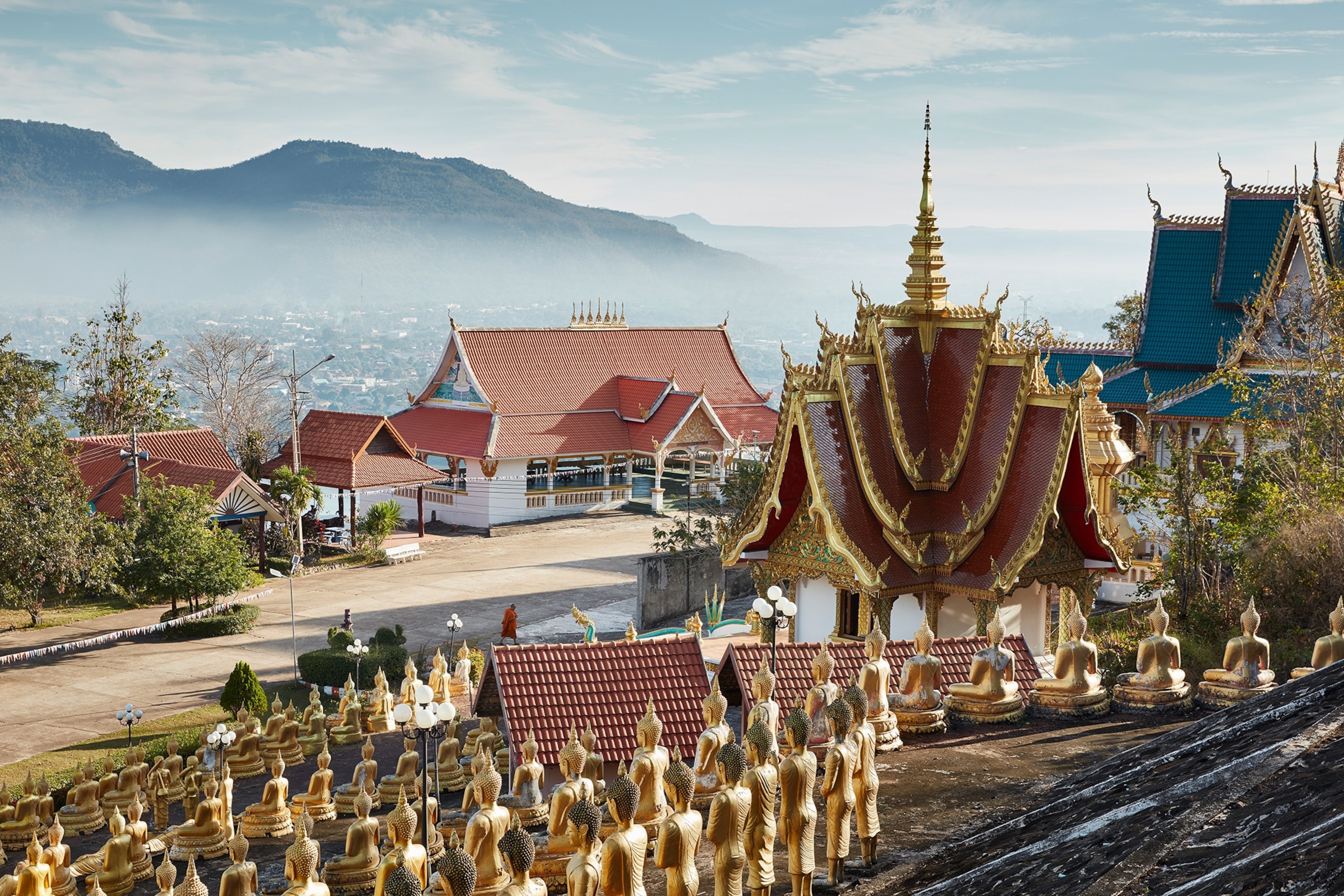


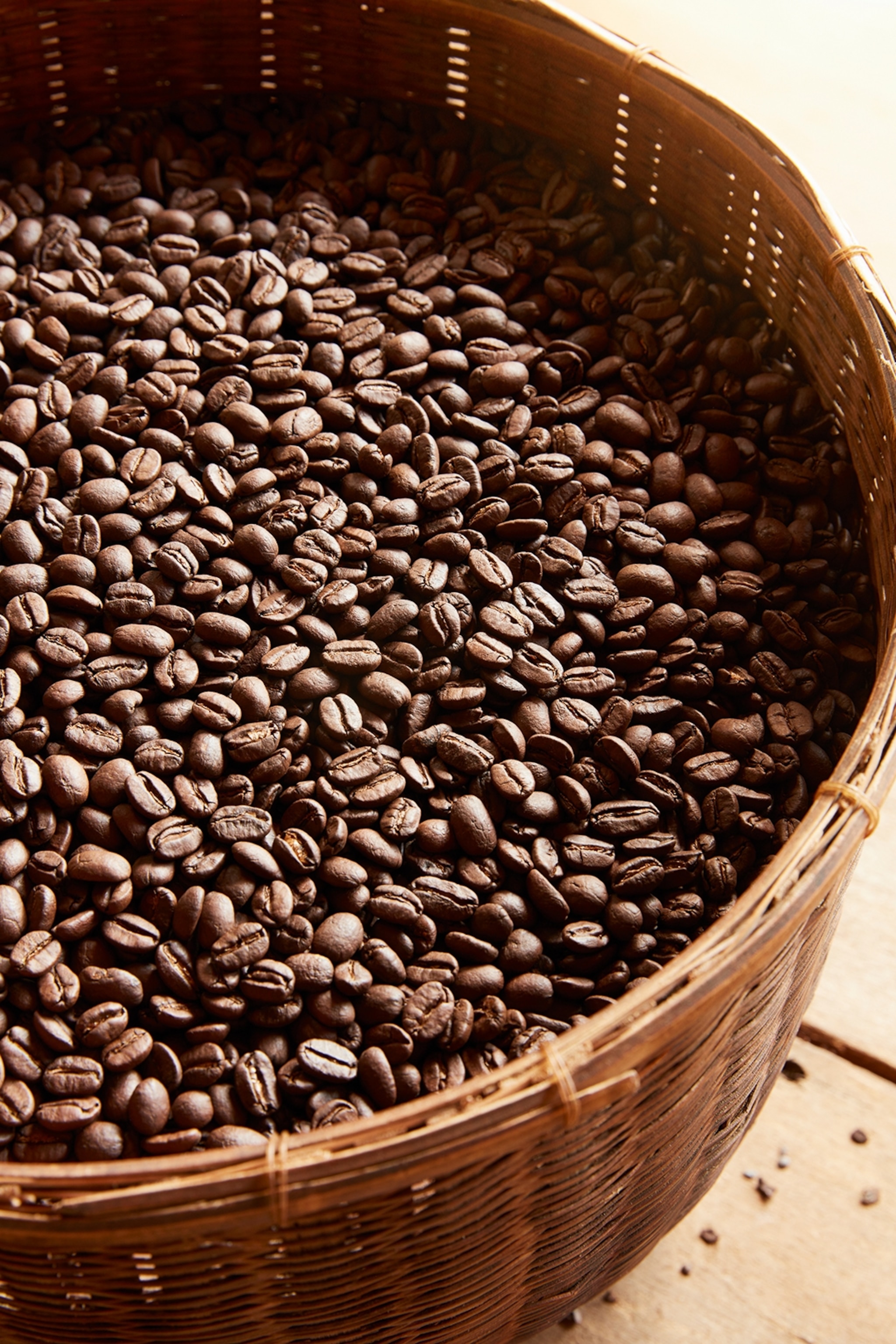
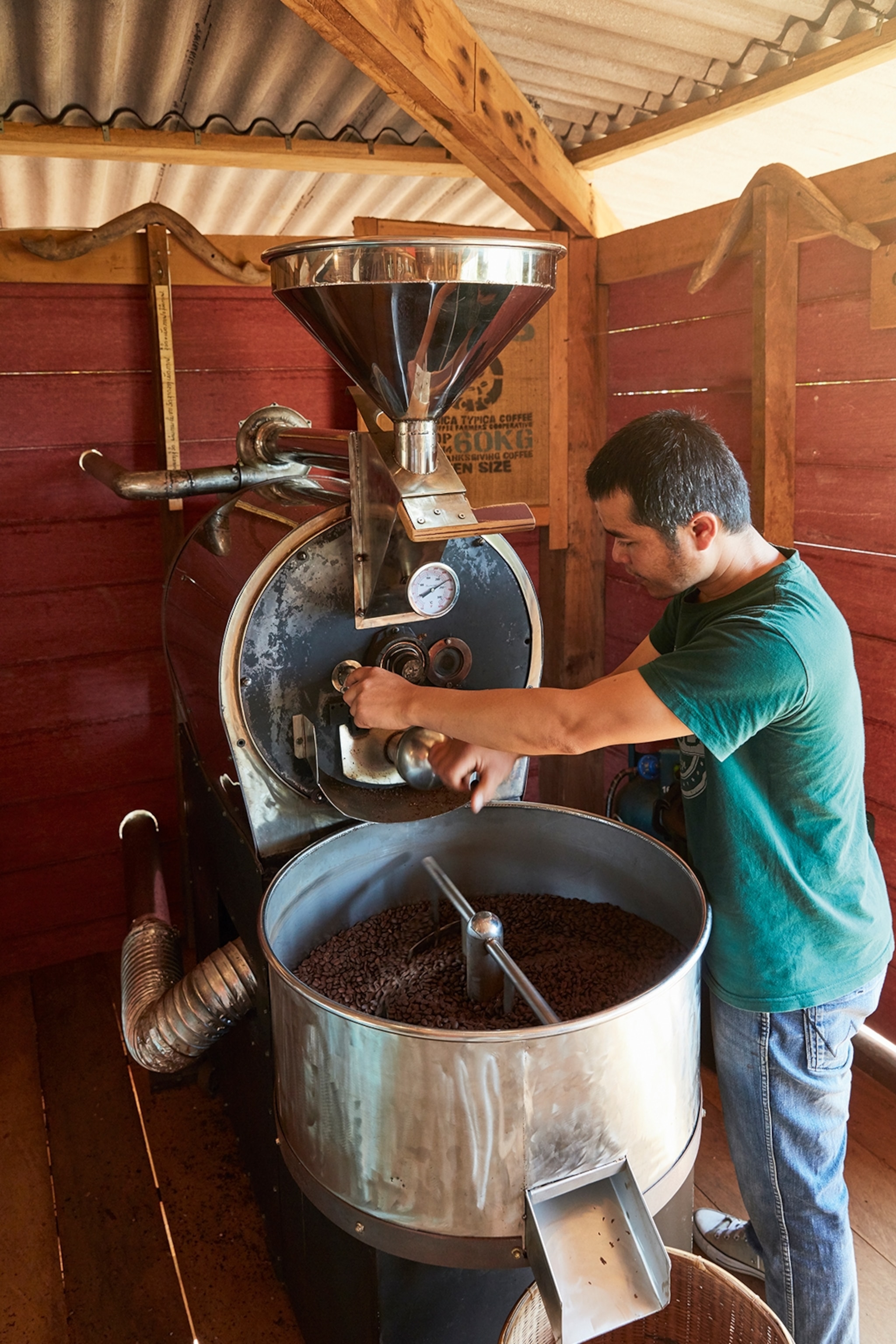

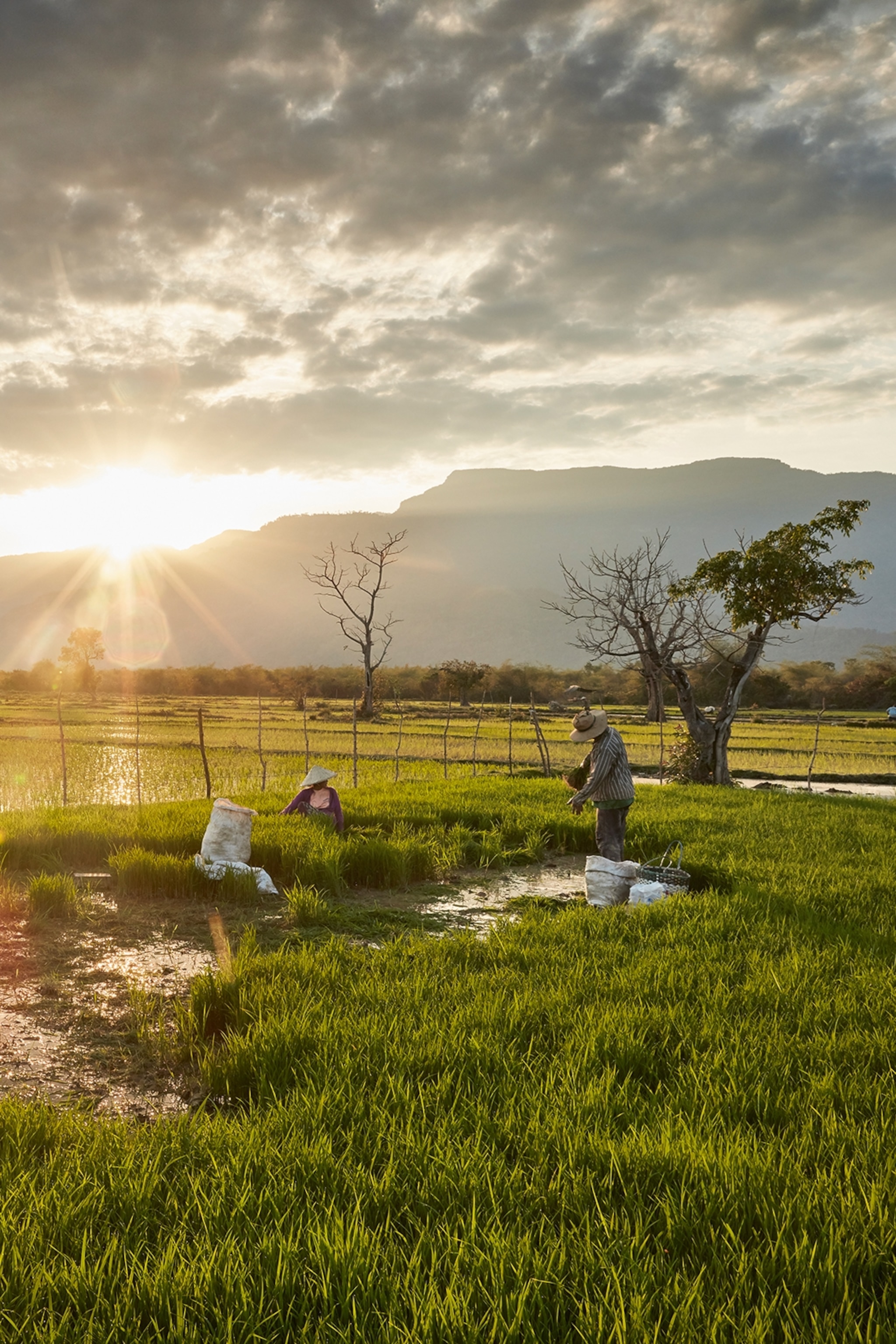
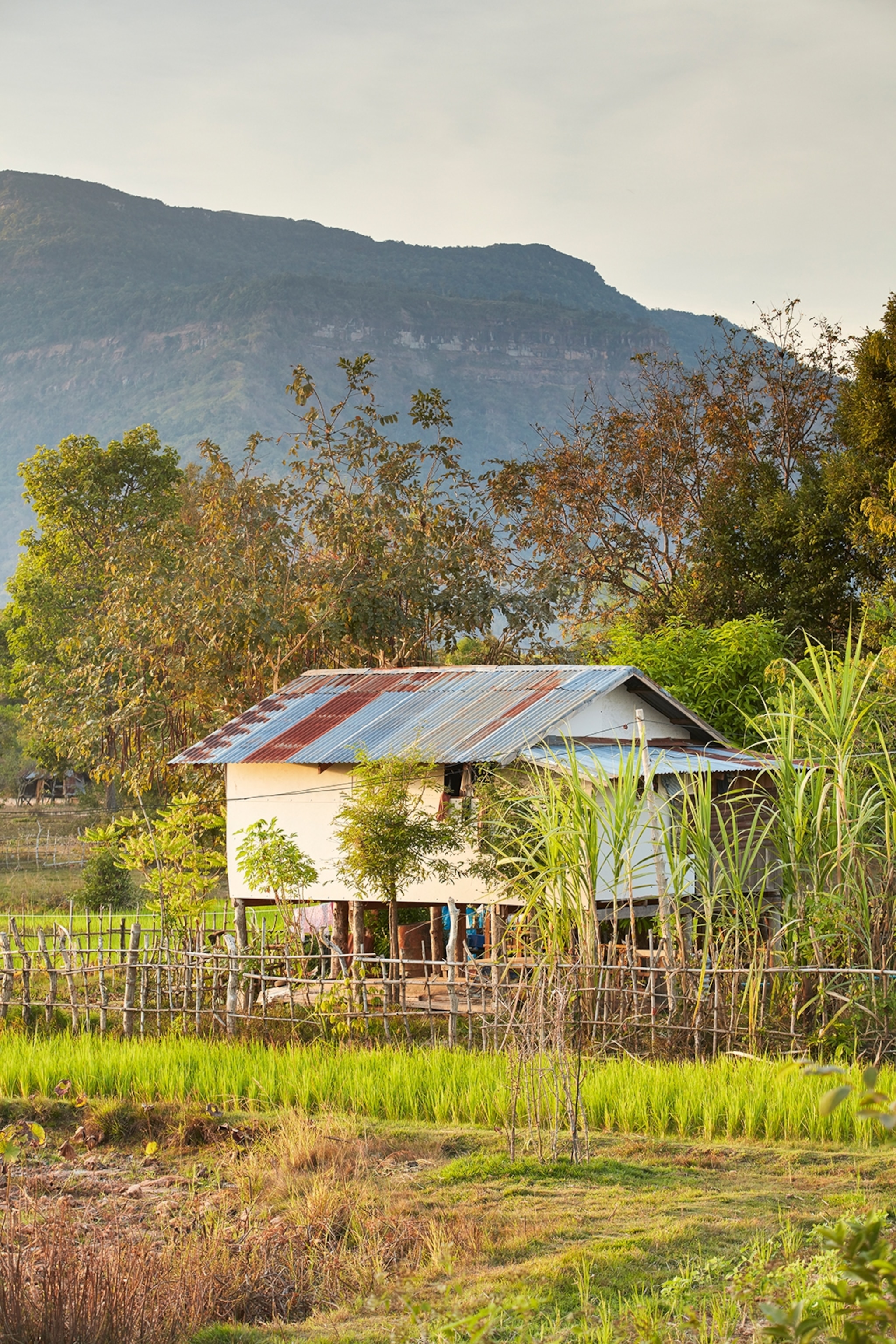
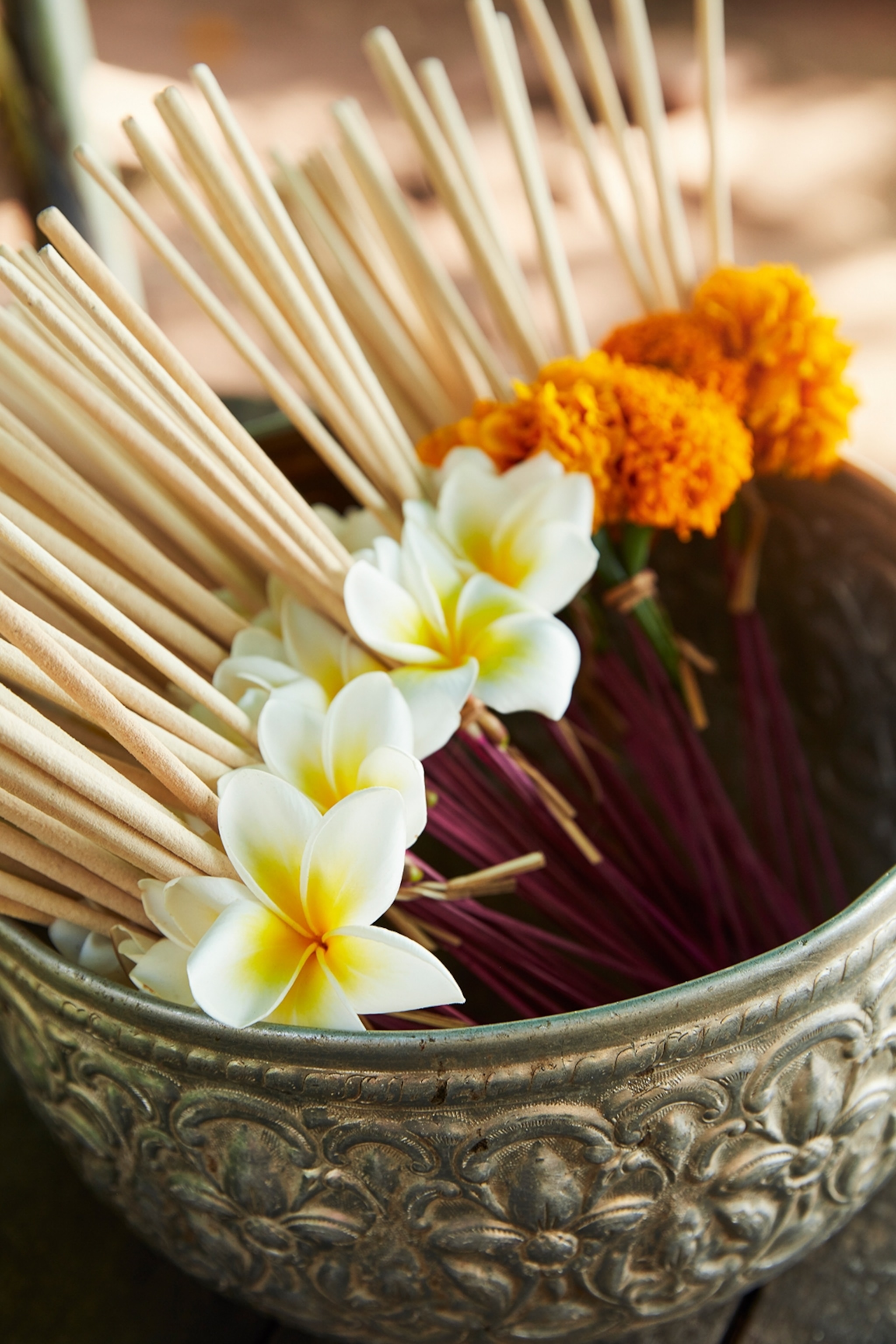
Photograph by Richard James Taylor (Bottom) (Right)
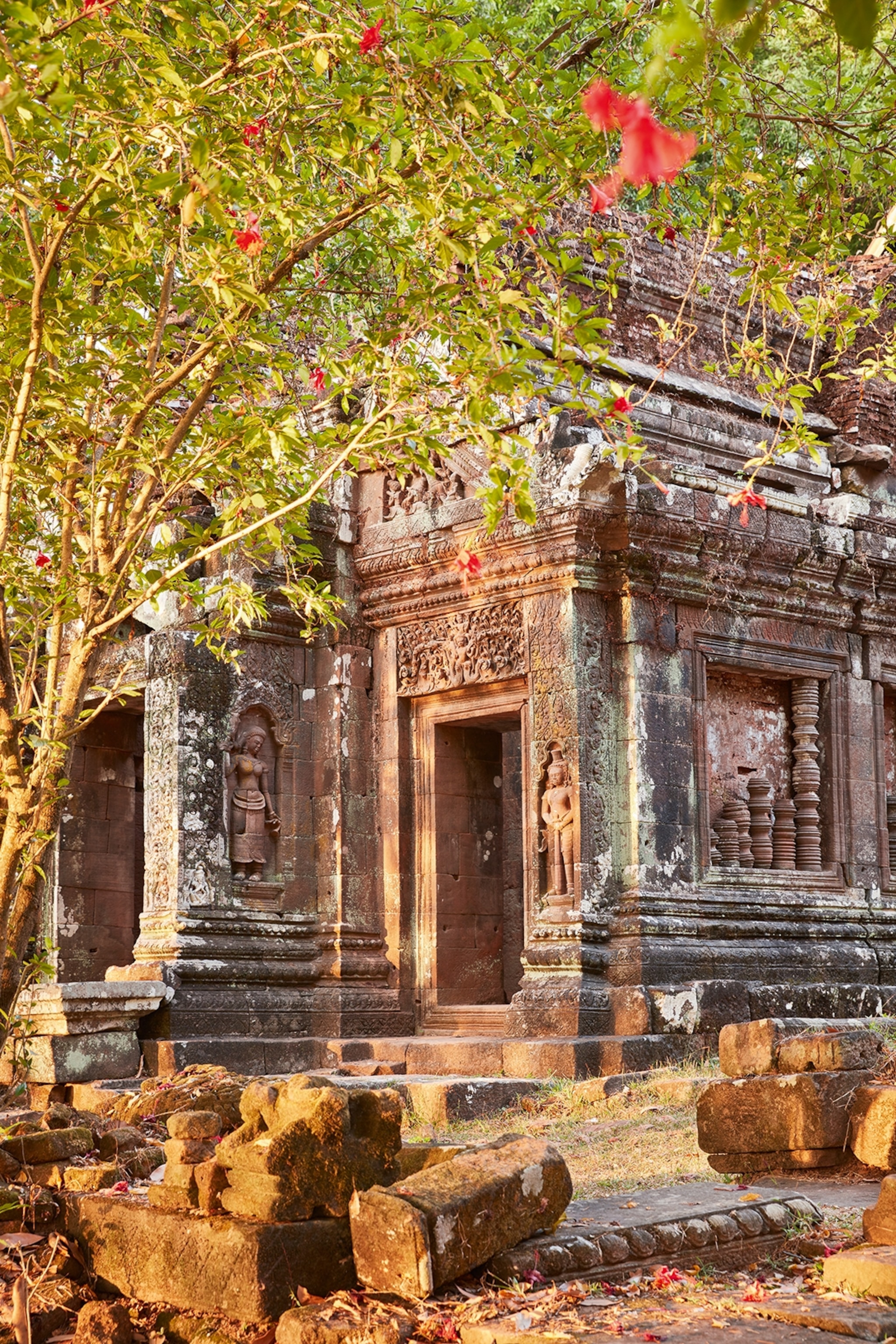

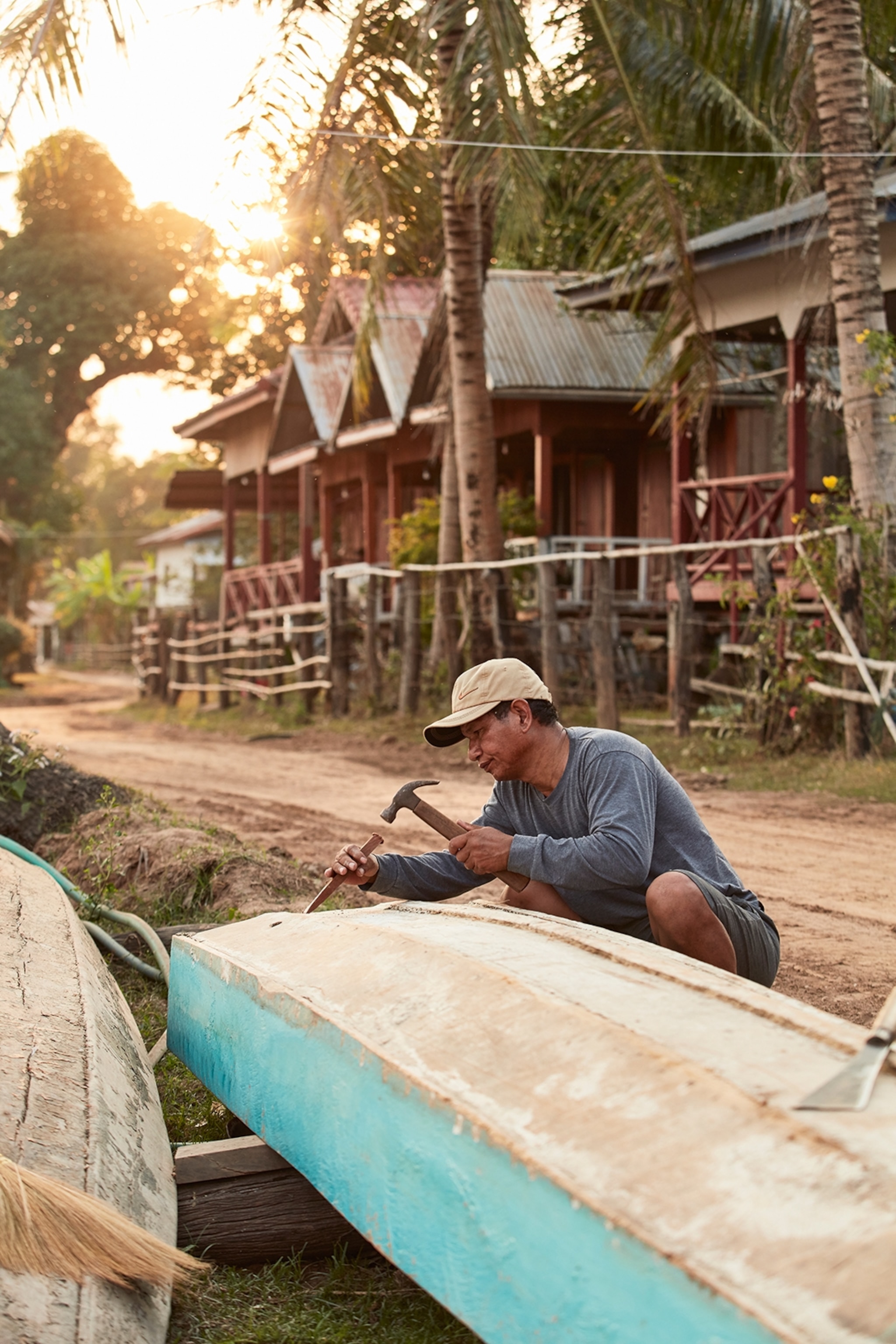
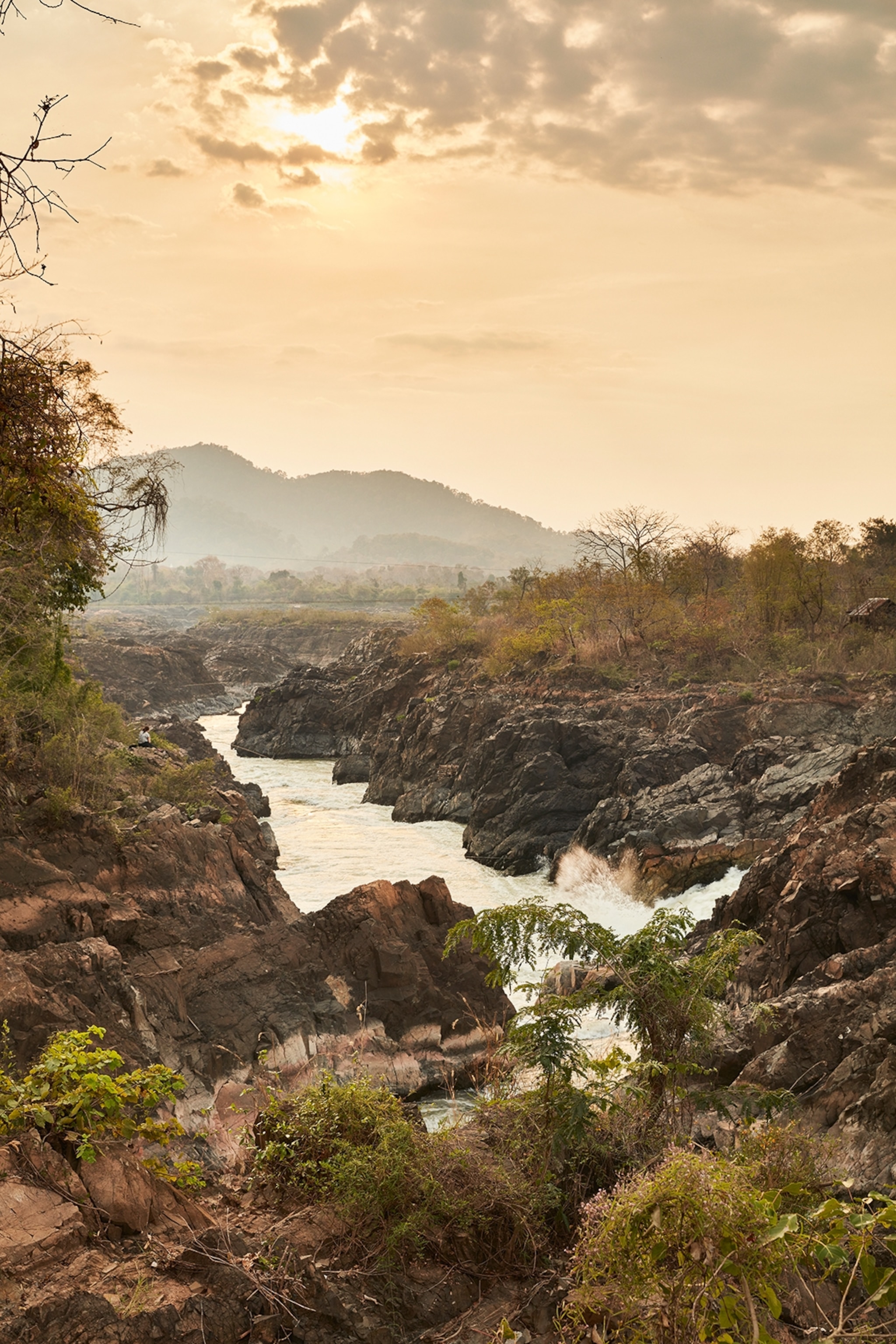
Published in the June 2023 issue of National Geographic Traveller (UK)
Sign up to our newsletter and follow us on social media:
Facebook | Instagram | Twitter
Sign up to our newsletter and follow us on social media:
Facebook | Instagram | Twitter


